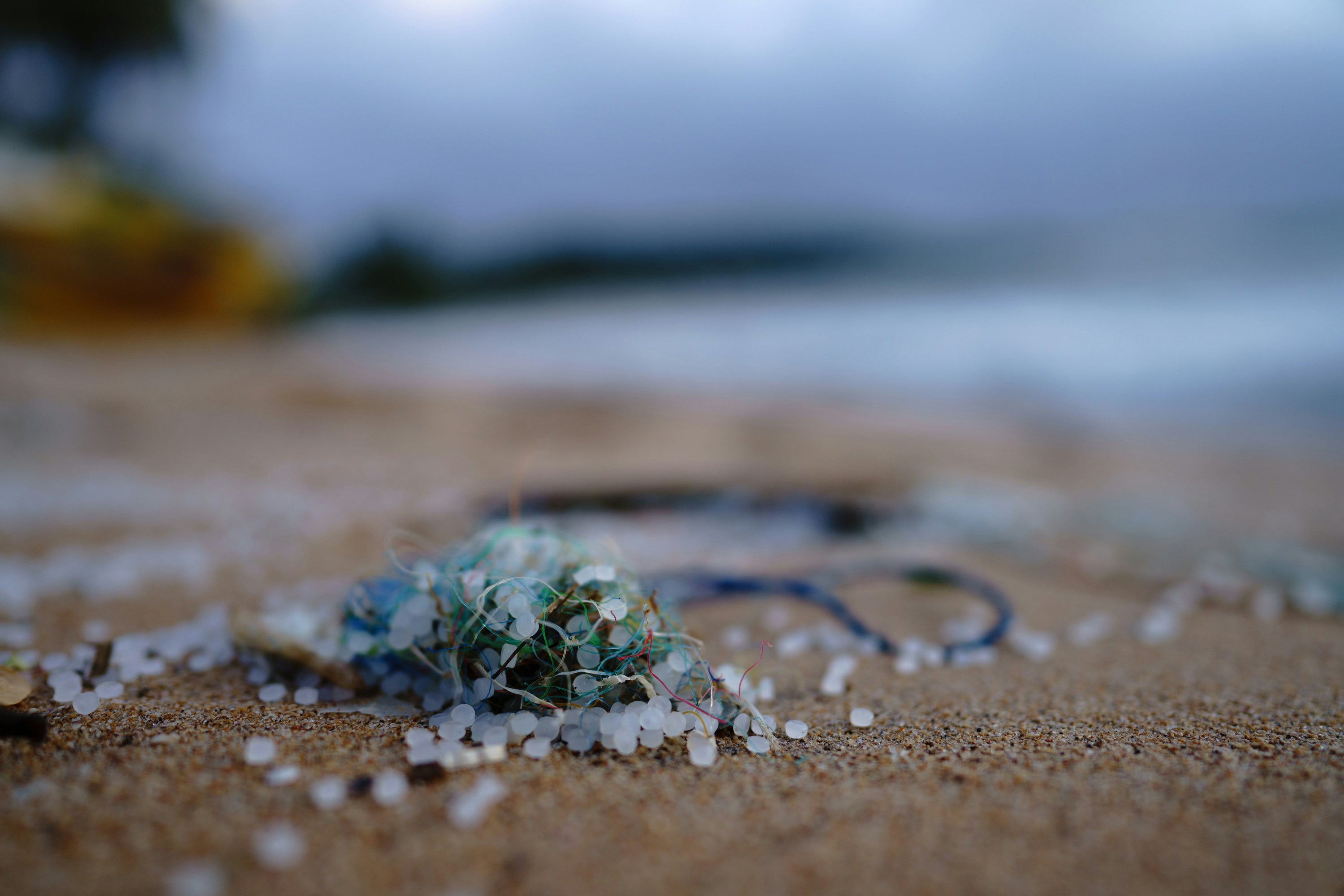In recent years, the issue of plastic pollution has gained global attention, with an increasing focus on the dangers of microplastics for public health. These tiny particles, often invisible to the naked eye, pose a significant threat to our environment, ecosystems, and ultimately, human health.
Microplastics are minuscule plastic particles, typically less than five millimeters in size, that result from the breakdown of larger plastic items or are intentionally manufactured for certain products.
Where do microplastics exactly come from?
Samuel Munoz, a Northeastern professor of marine and environmental sciences and civil and environmental engineering said that: “Plastic was designed to be a material that breaks down slowly, so it can certainly break down into smaller and smaller particles, but those particles don’t disappear. They just get smaller and smaller and move around, no matter how much erosion happens.”. (Cote, 2022)
When plastic waste is not properly disposed off, when wastewater treatment plants are not effective enough or when there is a water runoff, microplastics can infiltrate lakes, rivers and seas.
Unfortunately, according to extensive research, these particles are then consumed by numerous aquatic and terrestrial organisms, which can have a substantial effect on the distribution of species and the general health of ecosystems. This also leads then to the presence of microplastics up the food chain. (GB et al., 2024)
Next to that, like it was said above, in some cosmetic products microplastics are intentionally integrated in the formula. This can be the case for example for physical exfoliants (compared to chemical exfoliants). (Aldred, 2021) However, since September 2023, the European Commission has adopted measures to restrict intentionally added microplastics in cosmetic products. This will prevent about half a million tonnes of microplastics to be released in the environment. The sale of microplastics themselves as well as products to which they have been purposefully added and that release those microplastics when used, will be prohibited.
Moreover, recent studies certified the presence of microplastics in conventional oral care products as toothbrushes, toothpastes, toothpowder, mouthwash, dental floss … By using these products on a daily basis, the customers will ingest these microplastics. (Chandran et al., 2021)
Why is the presence of microplastics dangerous for our health?
First of all, when the plastic breaks down it releases the harmful contaminants used to make the plastic like antioxidants and flame retardants. Secondly, the microplastics can absorb toxic substances from the environment like for example pesticides. These substances have the potential to enter the body through ingestion and cause health problems. (Cote, 2022)

This is why Georganics’s oral care products are all plastic free (except for our sonic toothbrush).
By not using plastic in our packaging, we aim to limit the presence of microplastics in our global water system and because we do not have plastic in our products, we also make sure that you do not consume any more microplastics.
The dangers of microplastics are real and far-reaching, impacting both the environment and human health. At Georganics, we believe in providing ethical and sustainable alternatives to conventional oral care products. By choosing our plastic-free options, you not only take care of your oral health but also play a vital role in preserving the planet for future generations !


